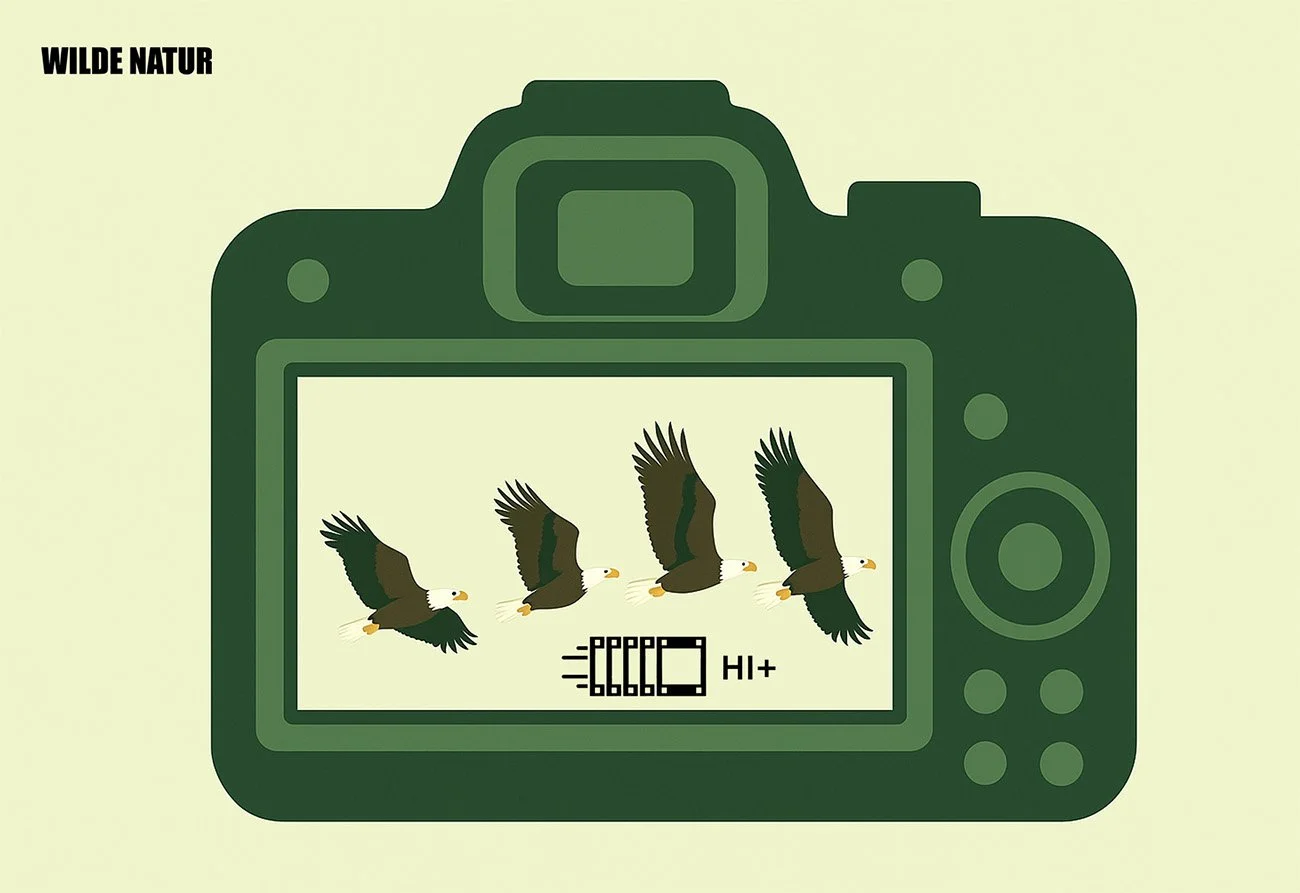Diffuse light - Atmospheric Photos in Cloudy Weather
Follow & share WildeNatur:
How to Use an Overcast Sky Creatively
Sunshine isn’t everything – photographers should never underestimate grey days. In fact, an overcast sky offers excellent conditions for nature photography, and these can be used effectively throughout the entire day.
Clouds as a Natural Light Diffuser
When the sun disappears behind a layer of clouds, the sky acts like a giant diffuser. Harsh sunlight is scattered, resulting in soft, even lighting – ideal for photos without harsh shadows or strong contrasts. This effect is especially useful for close-ups, where it creates a balanced mood and smooth transitions between light and shadow.
Better Tonal Detail Across the Image
Without harsh light, differences in brightness become softer, thus reducing the dynamic range – and that’s a good thing: bright and dark areas can be rendered with more subtle detail. This helps preserve fine textures in feathers, fur, or landscapes that often get lost in direct sunlight.
Spot-On Color Reproduction
On cloudy days, colors appear less washed out – especially water surfaces benefit from this effect. Tones look richer and more even, without distracting reflections or harsh light edges.
Clouds with Character
Let’s not forget: a dramatic cloud cover can give even simple landscape scenes a powerful visual impact. Especially when using long exposures, this kind of sky adds depth and emotion to your images – often without the need for extra gear like ND filters.
Grey Is the New Gold
An overcast sky is far more than just “bad weather.” Used deliberately, it creates a natural lighting environment for calm, expressive photos. One more bonus: it often allows you to shoot for longer – or even all day – without having to chase the perfect light.







